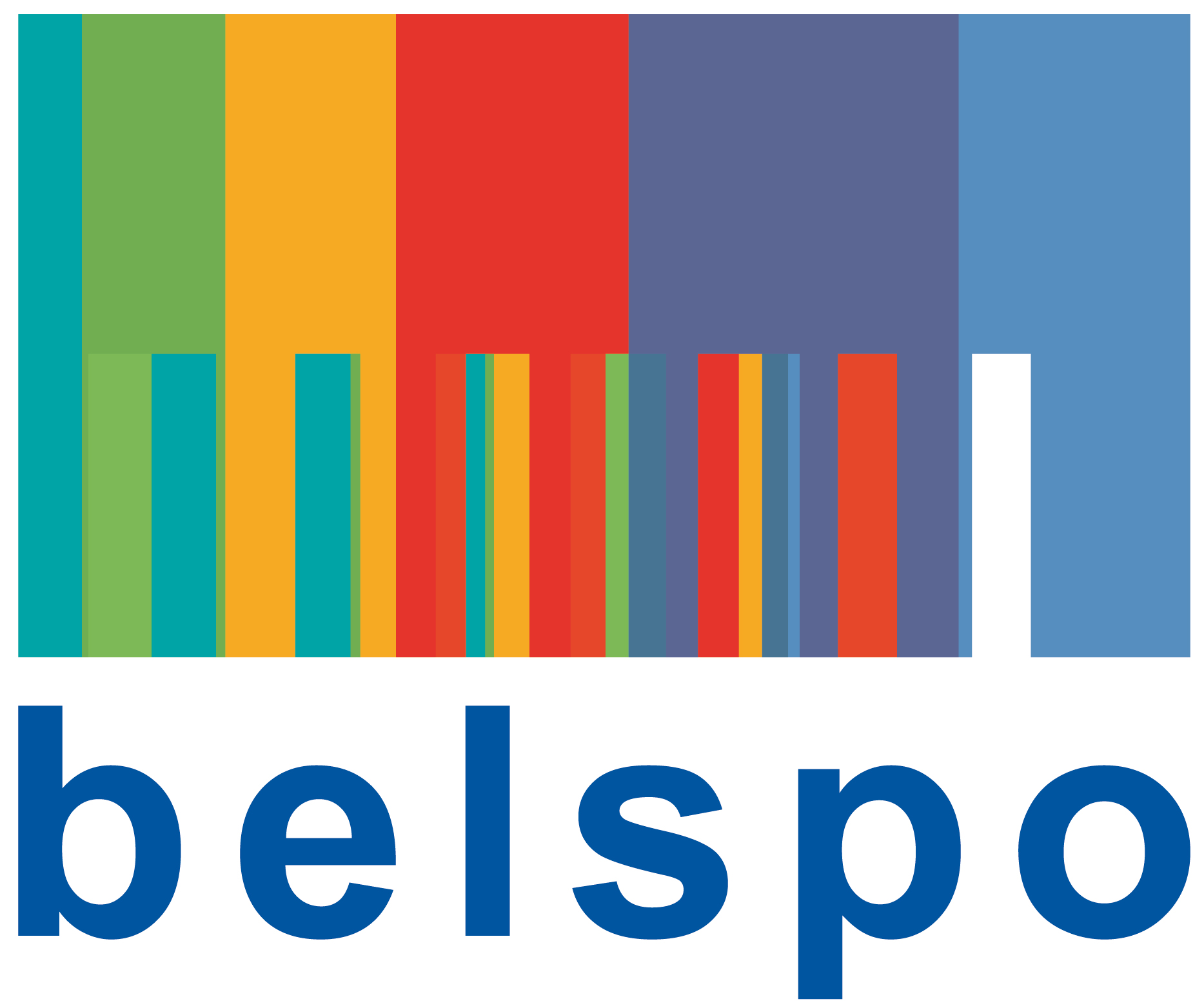
Mini-Workshops
- SunPy Mini-Workshop
Michael Kirk, Monica Bobra, Will Barnes
Thursday November 1st, 2018, 17:00-18:30
Augustinus room
SunPy is a community supported Python package for solar physics. Since its origin in 2011, SunPy has matured from a collection of useful routines into a robust platform for scientific discovery. This tutorial will walk through the major components of SunPy: data acquisition with FIDO, image analysis with Map, time series analysis with TimeSeries, and general Utilities that will aid your data exploration. We will conclude with a discussion of what to look forward to in SunPy version 1.0, which is expected to be released in 2019. This tutorial expects the attendees to have a basic familiarity with python, but will walk through the SunPy routines and give specific examples of where SunPy can help your current research.
- Demystifying machine learning
James Mason, Monica Bobra
Friday November 2, 2018, 9:00-10:30
Augustinus room
To a lot of us, "machine learning" and "AI" are buzzwords. It's modern, it's popular, but for many of us it feels unapproachable. The learning curve (pun intended) seems too steep. But it's not. This hands on mini-workshop will show you how to actually use some machine learning techniques and will provide explanations for how they work. We'll be working with tools built into the Anaconda Python stack, so it's highly recommended to first attend the Python mini-workshop if you're not already familiar with the Python science stack. At the end of this mini-workshop you will hopefully be brimming with ideas for how you might apply the techniques to your favorite sets of data.
- SDO in the age of deep learning
Mark Cheung, Marc DeRosa, Meng Jin
Friday November 2, 2018, 11:00-12:30
Augustinus room
This mini-workshop builds on some of the ideas introduced in the "Demystifying machine learning" mini-workshop, and provides some walkthroughs on how to apply various machine-learning techniques to SDO data. The session will start with good practices for preparing SDO data ready for machine learning. The rest of the session will cover several real-world examples to apply machine learning/deep learning techniques on SDO data: 1) Calculate Differential Emission Measure (DEM) using deep neural network; 2) Predict EVE solar spectral irradiance from SDO/AIA data; 3) Derive HMI synoptic magnetogram from AIA 304 observations.
- EUV Calibration
Frank Eparvier, Dan Seaton
Friday November 2, 2018, 9:00-10:30 & 11:00-12:30
Hippo Room
This mini-workshop is aimed at understanding the absolute solar spectral EUV irradiance and the comparisons of different techniques for measuring it, including broadband, spectrally resolved, and imaging instruments. This is a forum to discuss methods and results of the calibration of EUV instruments, how to correct for instrument degradation, and the inter-comparison of EUV irradiance data from instruments with different temporal and spectral resolution, including, but not limited to, comparisons within SDO (EVE MEGS, EVE ESP, and AIA), and of SDO with other missions (for example: GOES-R/SUVI, PROBA2/LYRA, TIMED/SEE, MAVEN/EUVM, SOHO/SEM, SOLACES, etc.).
- Quest for the True Field: inter-calibration among vector-magnetograms
Todd Hoeksema, Alexei Pevtsov
Friday November 2, 2018, 9:00-10:30
Monica Room
Combining observations from multiple telescopes has become the norm rather than the exception these days. Different instruments observe the Sun in unique ways. When combined, these observations lead to a more complete understanding of the complex physical systems that make up our Sun. Differences in spatial, spectral and/or temporal resolution, as well as in data analysis procedures, may result in discrepancies that are hard to reconcile. This is particularly true for vector magnetograms, and can lead the data user to a state of confusion and mistrust. This mini-workshop will explore the state of the inter-calibration among vector magnetograms from different instruments (with the HMI vector field as a reference) and will look down the road into a future when DKIST and Solar Orbiter capture new and unprecedented views of the Sun’s magnetism.
- Methods for ring diagram helioseismology Rick Bogart, Aaron Birch, Jesper Schou
Friday November 2, 2018, 11:00-12:30
Monica Room
Ring diagram helioseismology is based on measuring the local dispersion relation of solar oscillations. The HMI ring diagram pipeline has been running since 2010 and has provided important measurements of large-scale flows including differential rotation, meridional flow, flows around active regions, and Rossby waves. In this mini-workshop, we will focus on opportunities for improving the existing pipeline, for example improved methods for measuring mode parameters from local spectra and improved mode selection algorithms for the inversions. In addition, we will discuss approaches to measuring, parameterizing, and removing the large-scale systematics due to un-modeled mode physics.



